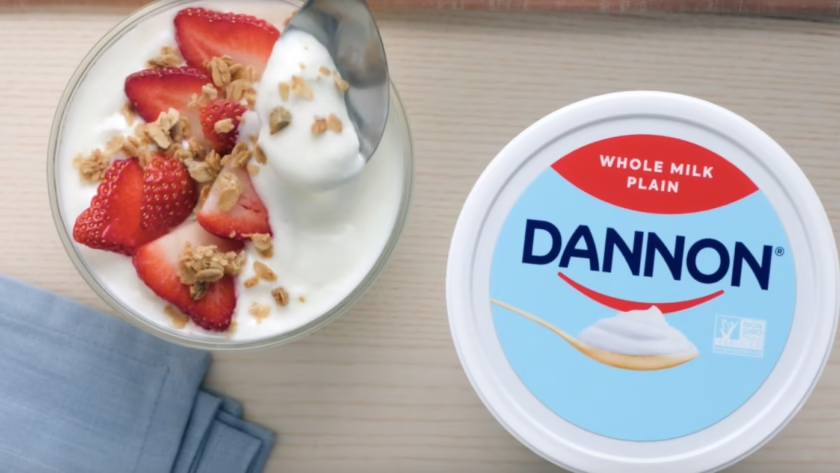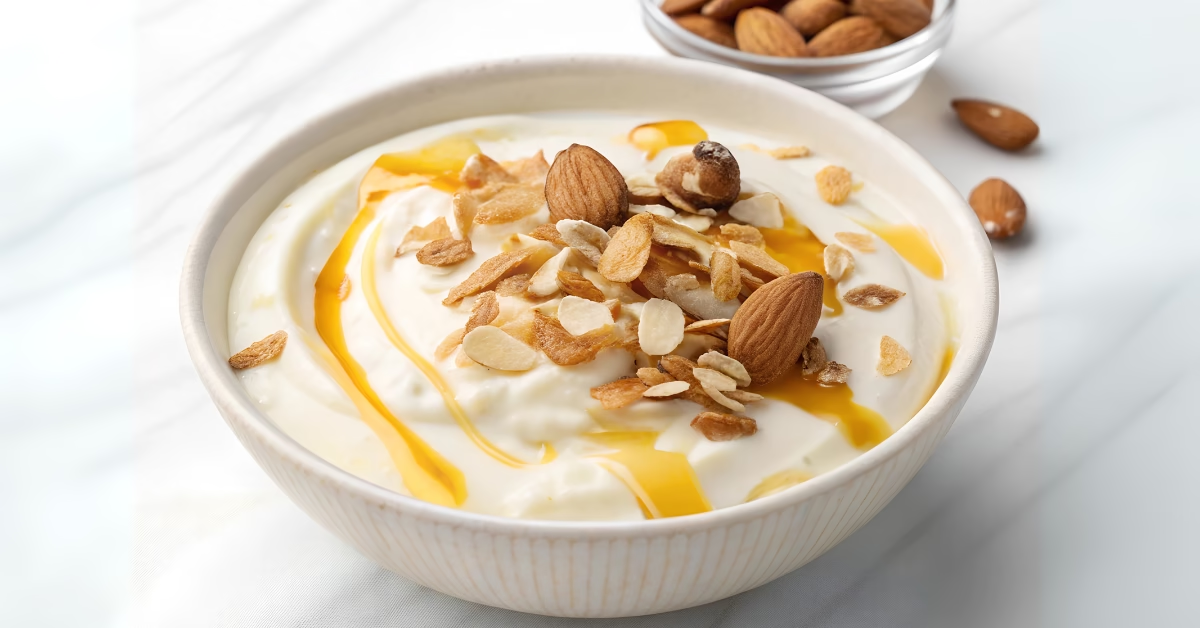That container of yogurt in your refrigerator might be caught in the crosshairs of a new health policy battle.
U.S. Health Secretary Robert F. Kennedy Jr. has launched a campaign targeting ultra-processed foods, which he considers major contributors to chronic disease.
This initiative has the food industry on alert, particularly yogurt manufacturers like Danone, whose products could suddenly find themselves labeled as “ultra-processed” despite their health-focused marketing.
Understanding Ultra-Processed Foods: The NOVA Classification
To understand why your favorite yogurt might be classified as ultra-processed, we need to look at the NOVA food classification system.
Developed by Brazilian researchers and widely used in nutritional science, NOVA categorizes foods based on the extent and purpose of industrial processing they undergo.
The NOVA classification system categorizes foods into four groups based on processing level:
Group 1: Unprocessed/Minimally Processed
Natural foods with minimal alteration (washing, cutting, pasteurizing). Examples include fresh fruits, vegetables, milk, and plain yogurt, all of which are free from additives.
Group 2: Processed Culinary Ingredients
Substances extracted from Group 1 foods, such as oils, butter, sugar, and salt, are used in cooking but are rarely consumed alone.
Group 3: Processed Foods
Group 1 foods with added Group 2 ingredients. Examples include canned vegetables, cheese, freshly made bread, and some yogurts with minimal additives.
Group 4: Ultra-Processed Foods (UPFs)
This is where controversy begins. Ultra-processed foods contain ingredients that are not typically found in a home kitchen, such as emulsifiers, artificial flavors, colors, sweeteners, and preservatives. They’re formulated to be hyper-palatable, convenient, and have an extended shelf life.
According to Stanford Medicine research dietitian Dalia Perelman, “Ultra-processed foods tend to be, in the majority of cases, higher in saturated fat, higher in salt, and higher in sugar—which are the three things we know we should eat less of.”
“It’s not just about what’s added to these foods; it’s what’s missing. They tend to be lower in fiber, micronutrients, and phytochemicals.”
Why Your Yogurt Might Be Ultra-Processed
The yogurt aisle presents a perfect case study in the complexity of food processing classification.
While plain yogurt is minimally processed (Group 1), many commercial varieties could be classified as ultra-processed due to their ingredients and manufacturing methods.
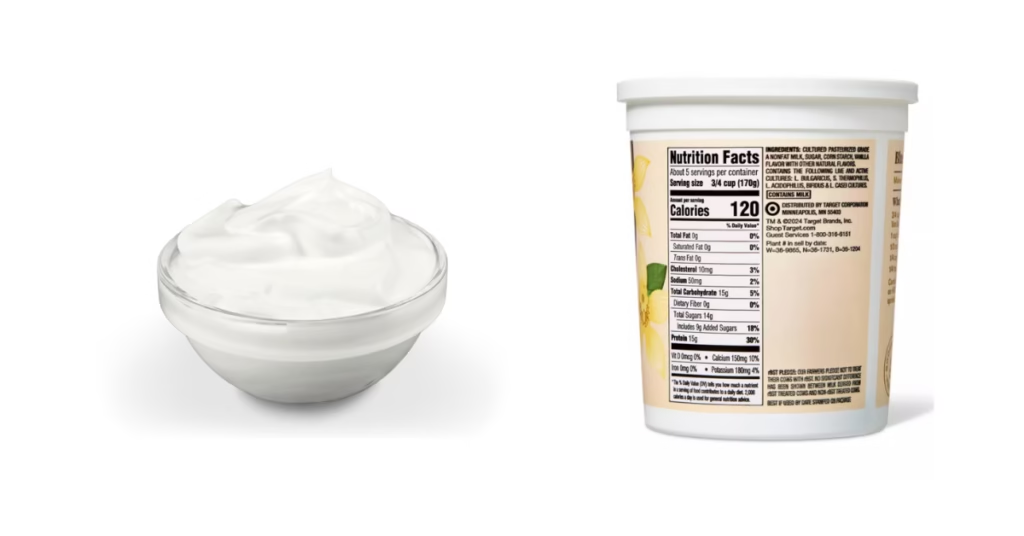
Plain yogurt vs. flavored, protein-enhanced varieties with numerous additives
Yogurt Processing Methods Under Scrutiny
High-protein yogurts, such as Danone’s Oikos Pro, undergo additional processing to achieve their desired protein content and texture.
Manufacturers often use methods that could trigger the “ultra-processed” classification:
- Protein concentration techniques that alter the natural composition
- Texture-enhancing additives like modified starches and gums
- Artificial sweeteners to reduce sugar while maintaining sweetness
- Flavor enhancers to create consistent taste profiles
- Preservatives to extend shelf life beyond traditional yogurt
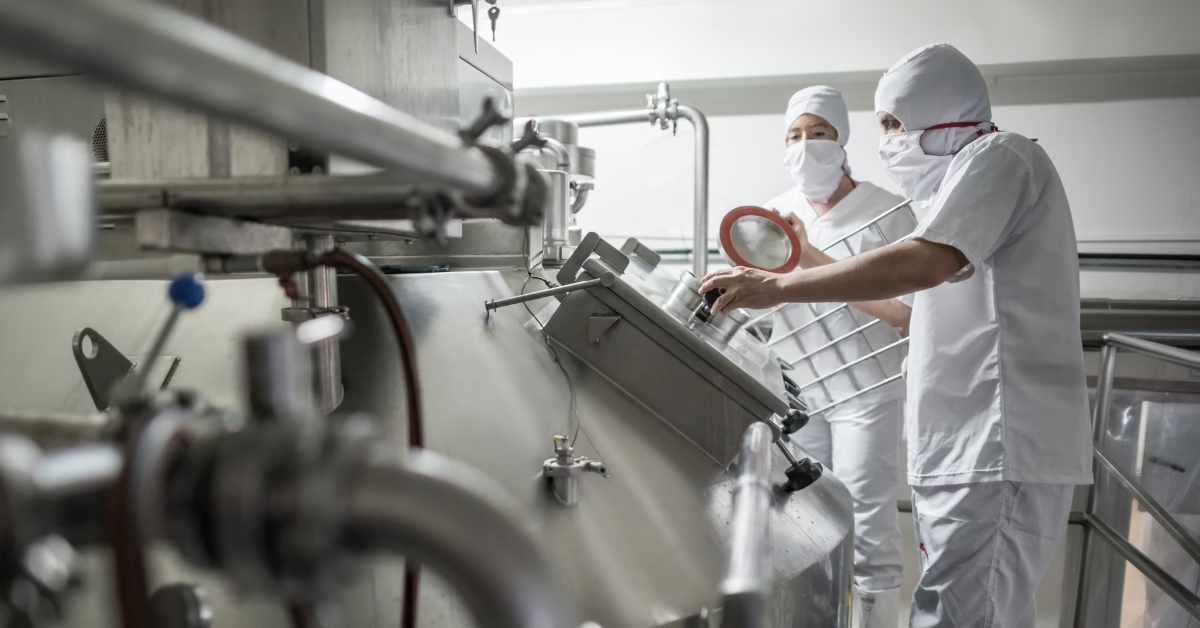
Industrial yogurt processing often involves multiple steps beyond traditional fermentation.
| Yogurt Type | Processing Level | Common Additives | NOVA Classification |
| Plain, unflavored yogurt | Minimal (pasteurization, fermentation) | None | Group 1 (Minimally processed) |
| Yogurt with added fruit | Moderate | Sugar, fruit preparations | Group 3 (Processed) |
| High-protein, flavored yogurt | Extensive | Protein concentrates, gums, artificial sweeteners, flavors | Group 4 (Ultra-processed) |
| Low-fat yogurt with artificial sweeteners | Extensive | Artificial sweeteners, stabilizers, flavors | Group 4 (Ultra-processed) |
Industry Pushback: Danone and Others Voice Concerns
Major yogurt manufacturers, such as Danone (maker of Oikos, Activia, and Dannon), are concerned about how RFK Jr.’s initiative might impact their products.
The industry argues that not all processing is harmful and that some processing methods actually enhance nutritional value.
“We’re concerned that a broad or imprecise definition of ultra-processed foods could inadvertently capture nutritious products that have been safely consumed for decades and are recommended by dietary guidelines.”
Key Industry Arguments
Industry Position
- Some processing enhances nutrition (fortification, protein concentration)
- Processing can make healthy foods more accessible and affordable
- Certain additives serve functional purposes (texture, preservation)
- The NOVA system is too simplistic for complex food products
- Nutritional profile should matter more than processing methods
Health Advocates’ Position
- Ultra-processing removes beneficial nutrients and adds harmful ones
- Additives may have unknown long-term health effects
- UPFs are designed to be hyperpalatable, leading to overconsumption
- Processing methods can disrupt the gut microbiome
- Strong correlation between UPF consumption and chronic disease
The Health Debate: Are Ultra-Processed Yogurts Harmful?
The health implications of consuming ultra-processed yogurt are at the center of this debate.
Research has linked high consumption of ultra-processed foods to various health problems, but does yogurt deserve to be in the same category as chips and soda?
Research on Ultra-Processed Foods and Health
A 2024 review of 45 meta-analyses covering nearly 10 million participants found “convincing” evidence that diets high in ultra-processed foods increase the risk of death from cardiovascular disease by 50% and anxiety by 48%.
The study also found “highly suggestive” evidence linking UPFs to increased risks of obesity, Type 2 diabetes, and early death from any cause.
However, nutrition scientists like Dalia Perelman note that not all ultra-processed foods are equally problematic: “You don’t want to throw the baby out with the bathwater. Highly processed food has helped us feed a lot more people and reach populations that wouldn’t otherwise get a lot of food.”
The Yogurt Paradox
Yogurt presents a unique challenge in the debate over ultra-processed foods. Even when classified as ultra-processed due to the addition of additives, many yogurts still contain beneficial probiotics, protein, and calcium. The question then becomes: do the nutritional benefits outweigh concerns about processing methods?
Potential Ramifications for Yogurt Products
If RFK Jr.’s initiative leads to stricter definitions and regulations around ultra-processed foods, yogurt manufacturers could face several consequences:
Labeling Changes
Products might require special labels identifying them as ultra-processed, similar to warning labels on tobacco products or high-sugar foods in some countries.
Program Exclusions
School nutrition programs may need to remove certain yogurt products if classified as ultra-processed. Ultra-processed yogurts could be excluded from federal nutrition programs, such as school lunches and WIC (Women, Infants, and Children), which could significantly impact manufacturers’ sales.
Reformulation Pressure
Companies may need to reformulate products to avoid the ultra-processed classification, potentially affecting taste, texture, and shelf life that consumers expect.
According to Bloomberg Law, industry groups are already working to ensure their products aren’t caught in overly broad definitions.
They argue that a nuanced approach is necessary, one that considers both nutritional value and processing methods.
Consumer Guide: Identifying Minimally Processed Yogurt
While the regulatory battle continues, consumers can take steps to identify and choose less processed yogurt options:

Reading ingredient labels is key to identifying minimally processed yogurt options
How to Spot Ultra-Processed Yogurt:
When shopping for yogurt, check the ingredient list for these red flags that may indicate ultra-processing:
Long ingredient lists with items you don’t recognize.
Artificial sweeteners like aspartame, sucralose, or acesulfame potassium.
Emulsifiers such as carrageenan, guar gum, or carboxymethylcellulose.
Artificial colors (often listed as numbers or with “FD&C” prefix).
Flavor enhancers beyond natural flavors.
Modified starches used as thickeners.
Better Yogurt Choices
For those looking to minimize consumption of ultra-processed foods, consider these yogurt options:
Plain yogurt with fresh fruit and honey offers nutrition without ultra-processing
Plain Yogurt
Choose plain, unflavored yogurt with minimal ingredients (milk and cultures). Add your own fresh fruit, honey, or nuts for flavor and texture.
Greek Yogurt
Traditional strained Greek yogurt contains more protein naturally without additives. Look for varieties that list only milk and cultures in the ingredients.
Homemade Yogurt
Consider making yogurt at home with milk and a starter culture, giving you complete control over ingredients and processing.
Finding Balance in the Ultra-Processed Debate
As RFK Jr.’s campaign against ultra-processed foods gains momentum, the yogurt industry finds itself at a crossroads. While some processing techniques may compromise nutritional quality, others can make healthy foods more accessible and appealing.
The key for consumers is awareness. Understanding how to identify ultra-processed yogurt empowers you to make informed choices based on your health priorities and dietary needs.
As nutrition expert Kerry Torrens notes, “It’s important to remember that the widespread availability and convenience of ultra-processed food means the majority of us will be including some of them in our diets. However, eating them occasionally, as opposed to consistently, as part of a varied, healthy and balanced diet is unlikely to cause a risk to your long-term health.”
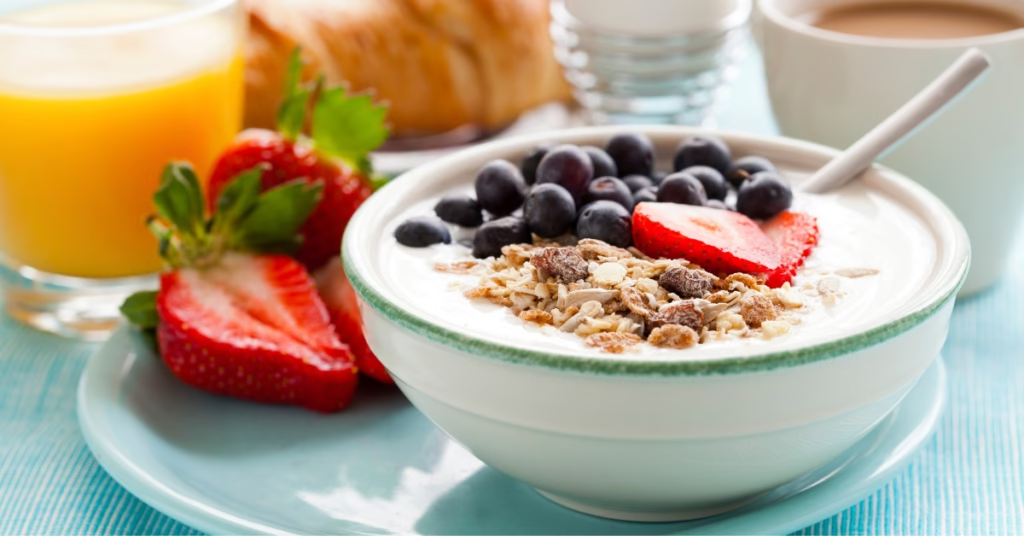
A balanced approach to food choices can include some processed items alongside minimally processed options.
Whether RFK Jr.’s initiative will fundamentally change how yogurt is produced, labeled, and marketed remains to be seen.
What’s certain is that the conversation around food processing is prompting both industry and consumers to take a closer look at what’s really in our food and that increased transparency can only benefit public health in the long run.
